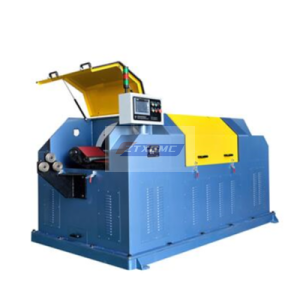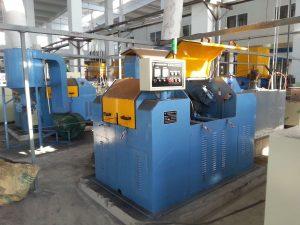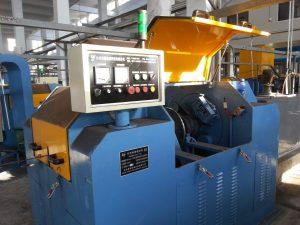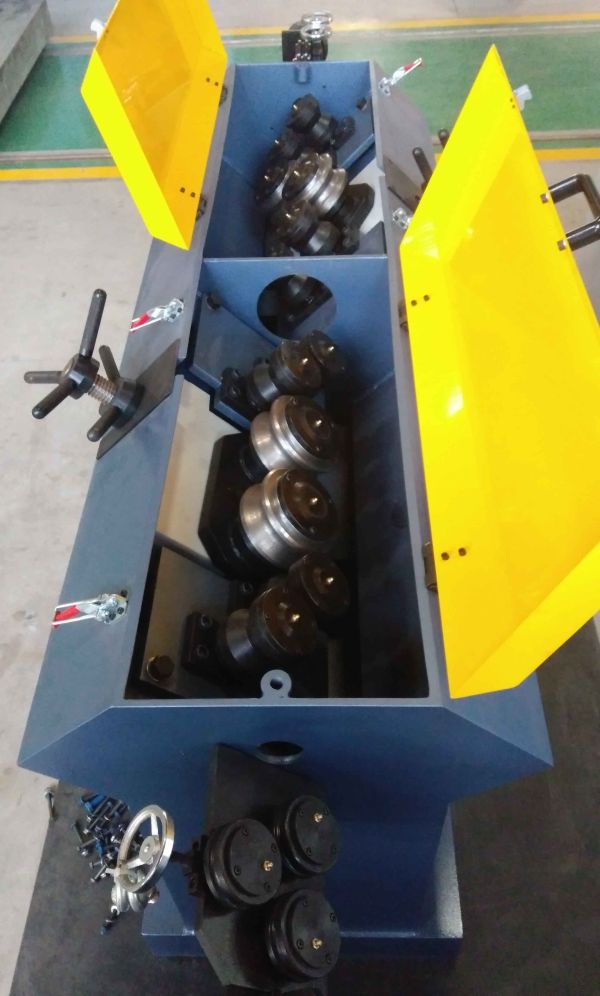Sanding Belt Grinding Machines
Comparison of Different Types of Sanding Belt Grinding Machines
Sand belt grinding machine is essential tools in various industries for finishing and shaping metal, wood, and other materials. These machines use abrasive belts to remove material and create a smooth surface. There are several types of sanding belt grinding machines available on the market, each with its own unique features and capabilities. In this article, we will compare different types of sanding belt grinding machines to help you choose the right one for your needs.
One of the most common types of sanding belt grinding machines is the benchtop model. These machines are compact and portable, making them ideal for small workshops or home use. Benchtop sanding belt grinding machines are typically less powerful than their larger counterparts, but they are still capable of producing high-quality finishes on a variety of materials. These machines are also more affordable than larger models, making them a popular choice for hobbyists and DIY enthusiasts.
Another type of sanding belt grinding machine is the floor-standing model. These machines are larger and more powerful than benchtop models, making them suitable for heavy-duty industrial applications. Floor-standing sanding belt grinding machines are designed to handle large workpieces and can remove material quickly and efficiently. These machines are often used in manufacturing facilities and metalworking shops where high production rates are required.
In addition to benchtop and floor-standing models, there are also combination sanding belt grinding machines available. These machines combine the functions of a belt sander and a grinding wheel, allowing users to perform both sanding and grinding operations with a single machine. Combination sanding belt grinding machines are versatile and can be used for a wide range of applications. These machines are often used in metal fabrication shops and woodworking shops where both sanding and grinding tasks are common.

When choosing a sanding belt grinding machine, there are several factors to consider. The size and power of the machine will depend on the type of work you will be doing and the materials you will be working with. Benchtop models are suitable for small projects and light-duty applications, while floor-standing models are better suited for heavy-duty industrial use. Combination machines offer the versatility of both sanding and grinding operations in one machine.
Another important factor to consider when choosing a Sand Belt Grinding Descaler machine is the size and type of abrasive belt required. Different machines use different sizes and types of abrasive belts, so it is important to choose a machine that is compatible with the belts you will be using. Some machines also offer variable speed settings, allowing users to adjust the speed of the abrasive belt to suit different materials and applications.
In conclusion, sanding belt grinding machines are versatile tools that are essential for finishing and shaping a wide range of materials. Benchtop models are compact and portable, making them ideal for small workshops or home use. Floor-standing models are larger and more powerful, making them suitable for heavy-duty industrial applications. Combination machines offer the versatility of both sanding and grinding operations in one machine. When choosing a sanding belt grinding machine, consider factors such as size, power, abrasive belt compatibility, and speed settings to ensure you choose the right machine for your needs.
Tips for Proper Maintenance of Sanding Belt Grinding Machines
Sanding belt grinding machines are essential tools in various industries for shaping and finishing metal, wood, and other materials. These machines are designed to remove material quickly and efficiently, making them a valuable asset for any workshop or manufacturing facility. To ensure that your Sanding Belts and Grinding machine operates at its best, proper maintenance is crucial. By following a few simple tips, you can prolong the life of your machine and achieve optimal results in your work.

One of the most important aspects of maintaining a sanding belt grinding machine is keeping the belts clean and free of debris. Over time, dust, metal shavings, and other particles can accumulate on the belts, causing them to wear out faster and produce subpar results. Regularly inspecting the belts for buildup and cleaning them with a brush or compressed air can help prevent this issue. Additionally, replacing worn or damaged belts promptly is essential to maintain the machine’s performance.
Another key maintenance tip for sanding belt grinding machines is to regularly check and adjust the tension of the belts. Proper belt tension is crucial for achieving consistent results and preventing premature wear on the belts and pulleys. Most machines come with a tension adjustment mechanism that allows you to tighten or loosen the belts as needed. By monitoring the tension regularly and making adjustments when necessary, you can ensure that your machine operates smoothly and efficiently.
In addition to cleaning and adjusting the belts, it is important to inspect the machine’s components regularly for signs of wear or damage. Check the pulleys, bearings, and other moving parts for any abnormalities, such as excessive wear, rust, or loose connections. Lubricating the moving parts with a suitable lubricant can help prevent friction and prolong the life of the machine. If you notice any issues during your inspection, it is best to address them promptly to prevent further damage and ensure the machine’s continued operation.
Proper storage of the sanding belt grinding machine is also essential for maintaining its performance and longevity. When not in use, store the machine in a clean, dry environment away from moisture and extreme temperatures. Covering the machine with a protective tarp or sheet can help prevent dust and debris from accumulating on the belts and other components. Additionally, following the manufacturer’s guidelines for storage and maintenance can help prolong the machine’s lifespan and prevent costly repairs down the line.

Regularly inspecting and maintaining your sanding belt grinding machine is essential for achieving optimal results in your work. By keeping the belts clean and free of debris, adjusting the tension regularly, inspecting the components for wear or damage, and storing the machine properly, you can prolong its lifespan and ensure that it operates at its best. Following these simple tips can help you get the most out of your sanding belt grinding machine and achieve high-quality results in your projects.






